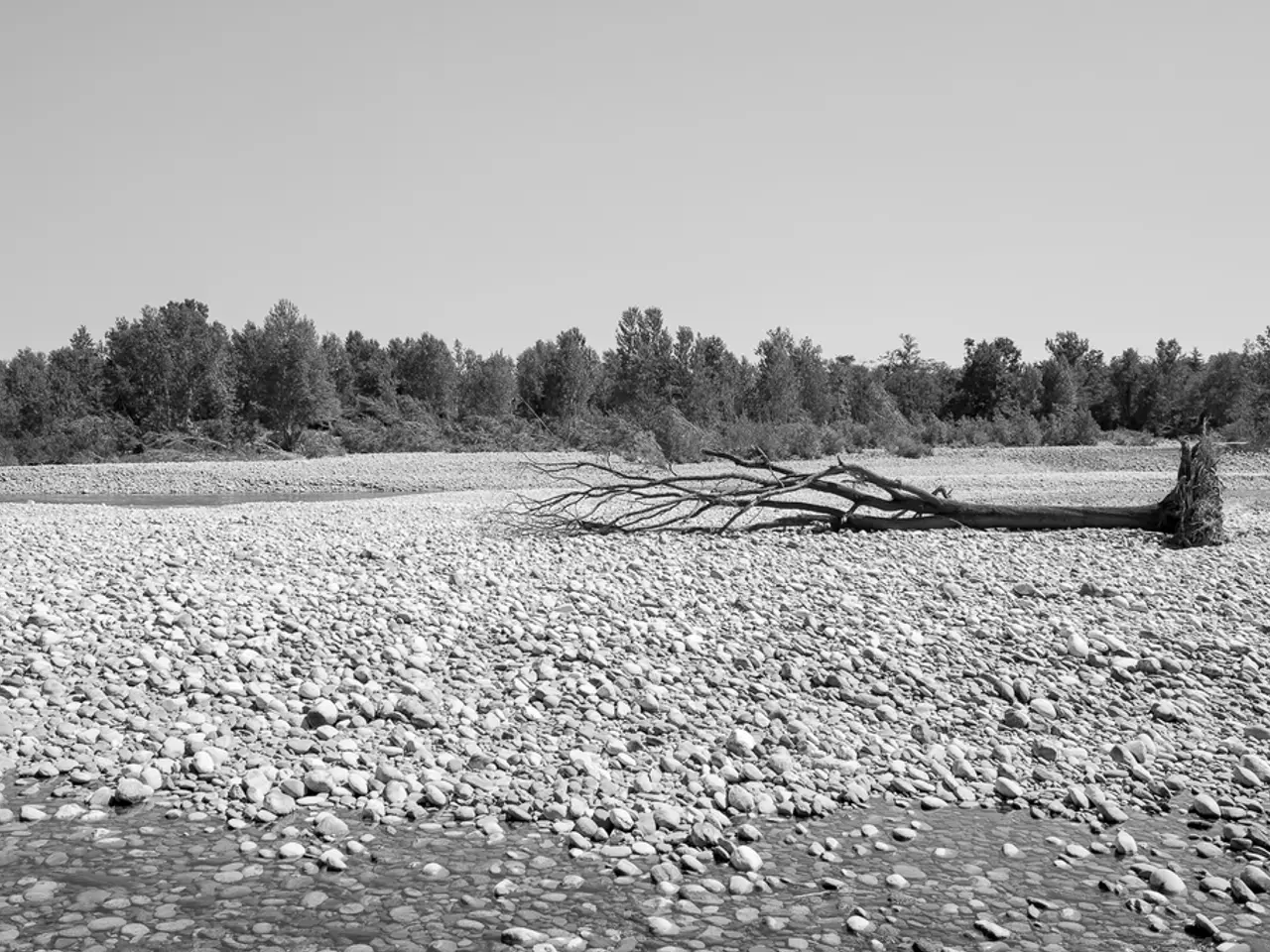Unexpected Rockslides Pose Significant Risks in the Black Forest
Hiking in the Black Forest: A Journey with Caution
The Black Forest, nestled in the southwest of the country, is a region renowned for its dense forests, picturesque villages, and impressive mountains. However, the idyllic charm of this region masks significant dangers that hikers should be aware of.
This tranquil and untouched nature, characterized by its peaceful atmosphere, hides potential hazards, especially during extreme weather conditions. Climate change has led to more unpredictable and severe weather events, increasing the risks for hikers. Sudden rain, hail, or fog can catch even the most experienced hiker off guard, leading to hypothermia, falls, and getting lost.
Hikers venturing into the Black Forest may encounter wet, slippery terrain, particularly around major attractions like the Triberger Waterfall and rocky gorges such as Ravennaschlucht. Signs or barriers may be in place as safety measures, but they are not always strictly enforced. It is wise to obey them for your own safety.
Wet and slippery trails near waterfalls and streams can become particularly treacherous. The increased risk of flooding or slippery trails near these areas is a concern, and hikers should be prepared for such conditions. Prolonged dry periods followed by sudden heavy rainfall can significantly increase the risk of rockfalls and landslides.
The dangers in the Black Forest are not limited to these. Rockfalls occur frequently in alpine regions, as rocks can detach from great heights. The threat from landslides and sudden rockfalls is increasing in the southern Black Forest due to climate change and extreme rainfall. Natural events in the Black Forest not only change the landscape but also endanger people, animals, and infrastructure.
A tragic example of this danger is the train accident in the district of Biberach, which was a result of a landslide, causing three deaths and injuring around 36 people. This incident serves as a stark reminder of the need for extra caution in the Black Forest.
Despite these dangers, the Black Forest remains a popular destination for nature lovers and hikers, offering well-marked hiking trails. To ensure a safe and enjoyable experience, it is crucial to check current trail and weather conditions before and during your hike. Watch for signs of deteriorating weather and be ready to adjust plans or turn back to avoid dangerous sections, especially on higher or snow-prone terrain.
Carry appropriate gear such as layers, rain protection, walking poles, and consider micro spikes if snow or ice remains. Experience and preparation matter. Do not attempt technically difficult or ice-covered routes without proper training or equipment. For sections requiring technical gear like ice-axes, expert guidance is recommended.
In summary, hiking in the Black Forest remains an excellent experience, but given climate change and increasing extreme weather variability, hikers must stay informed, prepared for rapidly changing conditions, respect trail warnings, and exercise caution near waterways and steep terrain. The idyll of the Black Forest is deceptive as it masks significant dangers. Let us cherish and respect the beauty of the Black Forest while ensuring our safety.
[1] Black Forest Hiking Safety Tips [2] Black Forest Hiking Trails [3] Black Forest Weather Conditions [4] Black Forest Landslides and Rockfalls [5] Climate Change and Extreme Weather in the Black Forest
- Given the unpredictable weather conditions in the Black Forest due to climate change, it is essential to check the environmental-science data related to the weather before embarking on a hike.
- While hiking in the Black Forest, it is crucial to pay attention to the weather and adjust hiking routes if necessary, especially in areas prone to sudden climate-change-induced extreme weather events.








